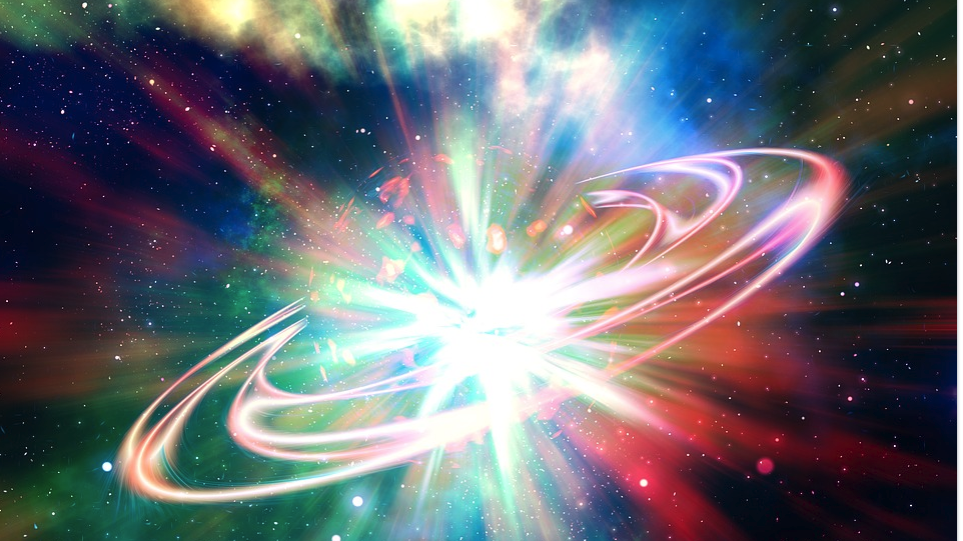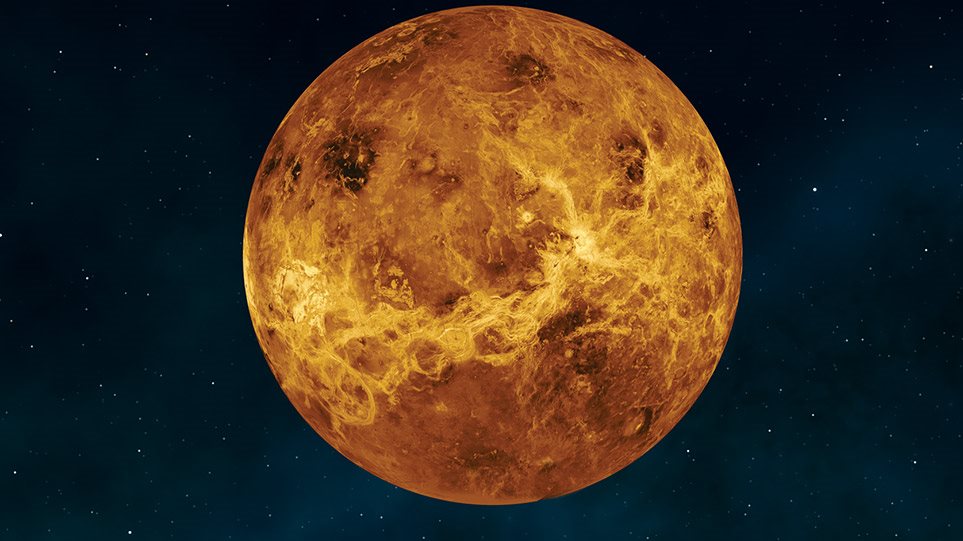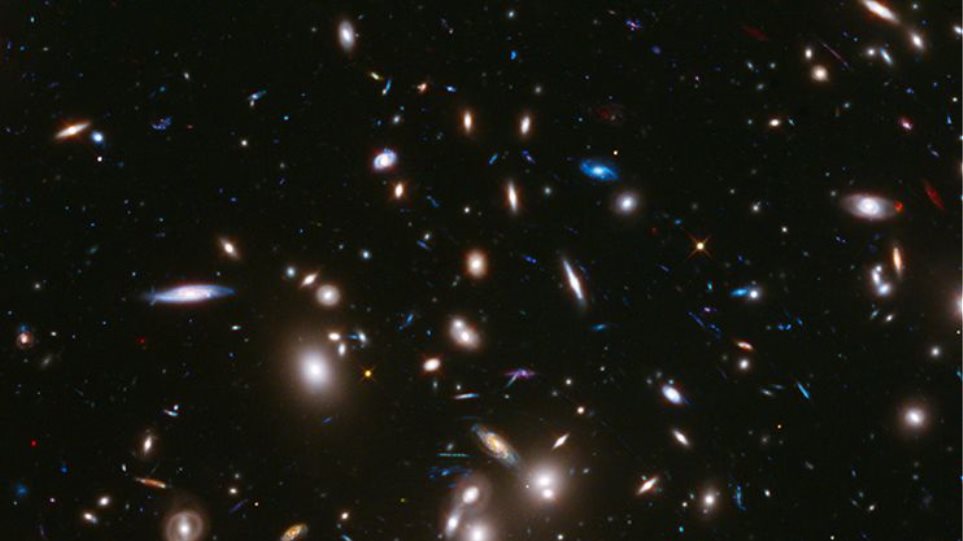The singularity at the center of a Black Hole is the ultimate no man’s land: a place where matter is compressed down to an infinitely tiny point, and all conceptions of time and space completely break down. And it doesn’t really exist. Something has to replace the singularity, but we’re not exactly sure what.
Let’s explore some possibilities.
Planck stars
It could be that deep inside a black hole, matter doesn’t get squished down to an infinitely tiny point. Instead, there could be a smallest possible configuration of matter, the tiniest possible pocket of volume.
This is called a Plank star, and it’s a theoretical possibility envisioned by loop quantum gravity, which is itself a highly hypothetical proposal for creating a quantum version of gravity. In the world of loop quantum gravity, space and time are quantized – the universe around us is composed of tiny discrete chunks, but at such an incredibly tiny scale that our movements appear smooth and continuous.
English & Scottish get drunk most often, 25-nation survey finds
Canada cancels weapons sales to Turkey over Armenia-Azerbaijan conflict
This theoretical chunkiness of space-time provides two benefits. One, it takes the dream of quantum mechanics to its ultimate conclusion, explaining gravity in a natural way. And two, it makes it impossible for singularities to form inside black holes.
As matter squishes down under the immense gravitational weight of a collapsing star, it meets resistance. The discreteness of space-time prevents matter from reaching anything smaller than the Planck length (around 1.68 times 10^-35 meters, so…small). All the material that has ever fallen into the black hole gets compressed into a ball not much bigger than this. Perfectly microscopic, but definitely not infinitely tiny.
Read more: Space





































